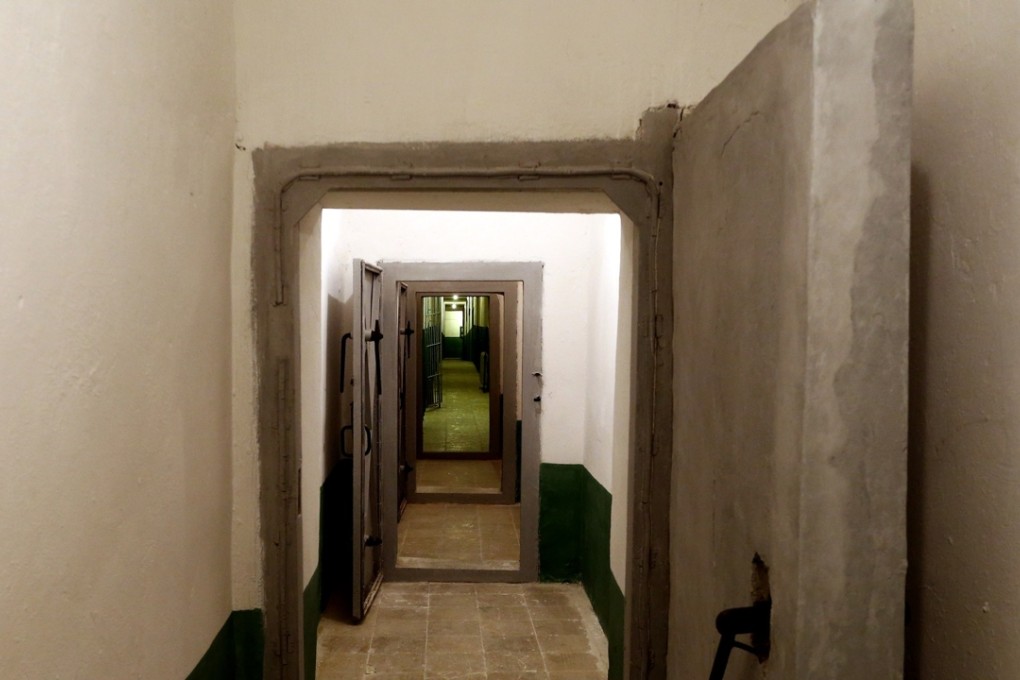For China’s banks, pricing in risk hurts
People’s Bank of China is moving the banking industry towards a variation of reference rates but lenders are set for a rough ride as they approach the market

Mainland China banks are getting mixed signals on how to price their loans.
The benchmarks they have used for decades, the one-year lending and deposit rates, are not so much official benchmarks any more. At the same time, the central bank is putting in place a layered channel of rates that banks can watch for a hint on pricing.
Analysts expect them to catch on – within the next few years.
In October, the People’s Bank of China (PBOC) lifted the cap on the rates that banks are allowed to pay depositors. On paper, this looks like full interest rate liberalisation, after the lending floor that stopped banks from competing on lending rates was ditched two years earlier.
However, from a mainland bank’s perspective, the much-anticipated end to the floors and ceilings that obscured the view of true market demand for credit is less of a milestone and more of the start of a long period of adjustment to how the interest rate market really works.
I think one of the key challenges facing banks is that they need to improve on their price-setting capacity
“I think one of the key challenges facing banks is that they need to improve on their price-setting capacity, which allows them to price loans and deposits consistent with their balance sheet situation and the overall macro environment,” said Aidan Yao, senior emerging market economist at AXA Investment Managers in Hong Kong.
